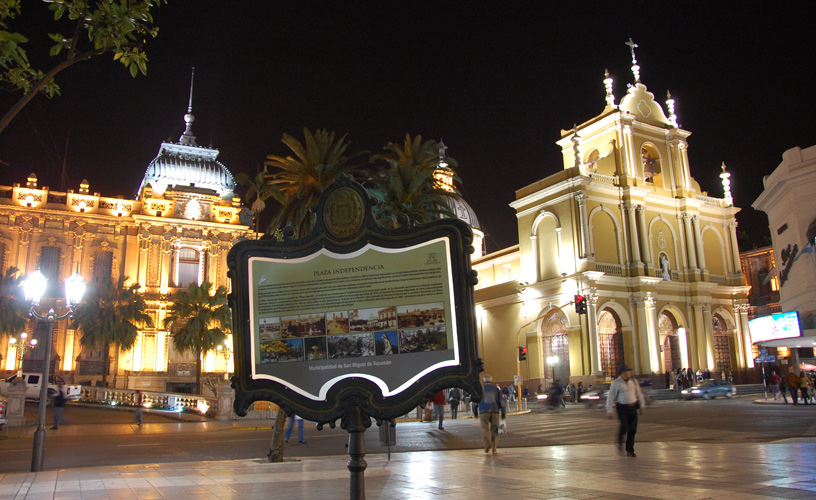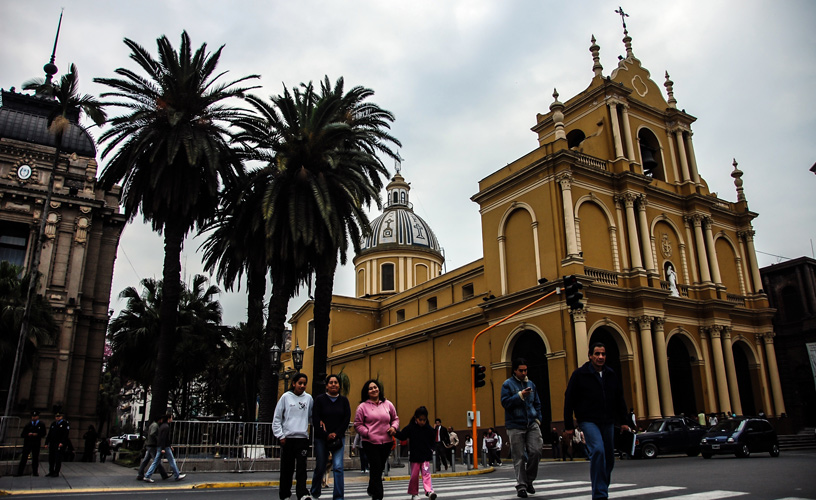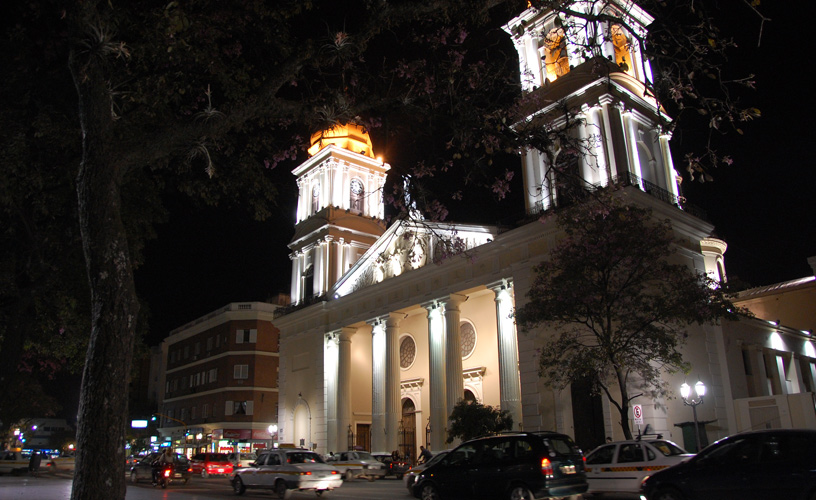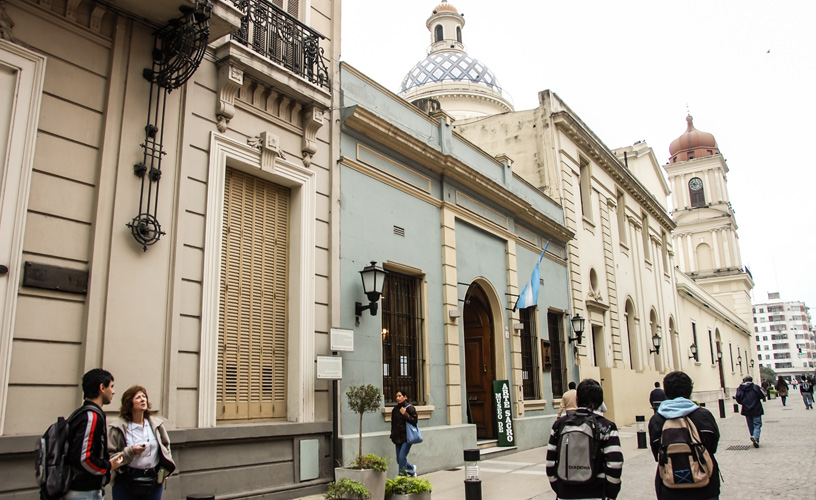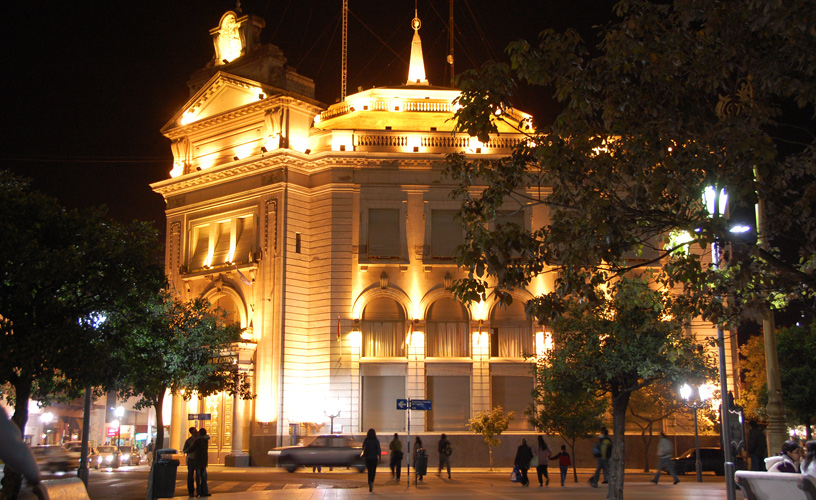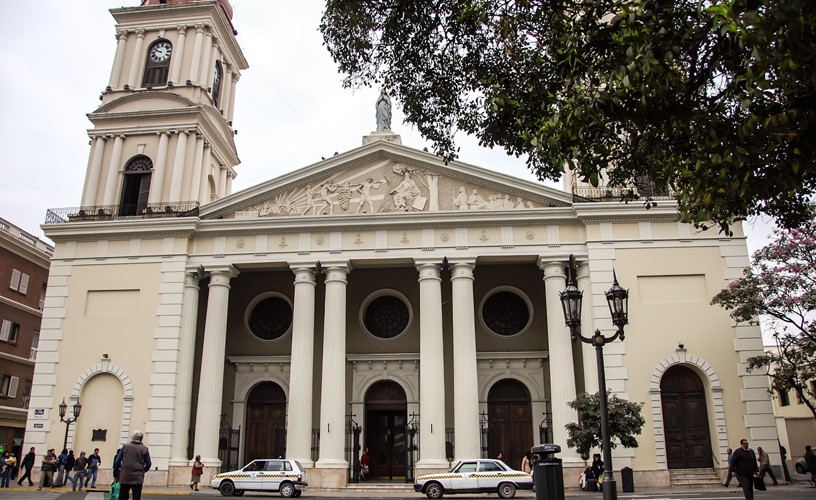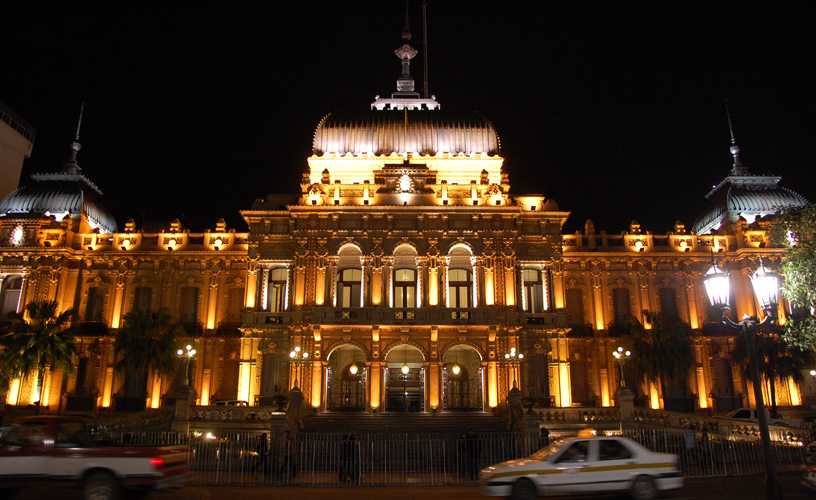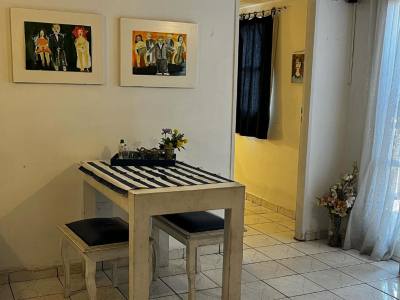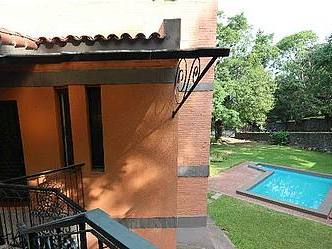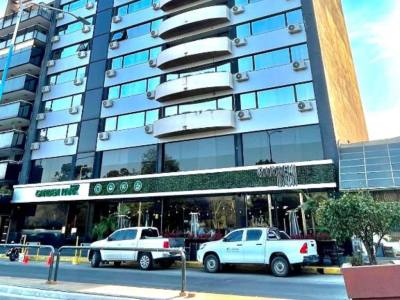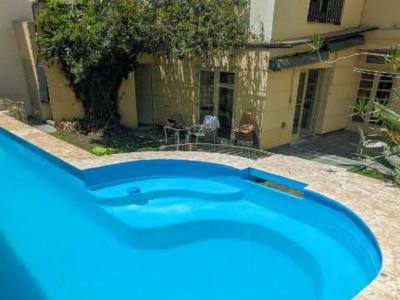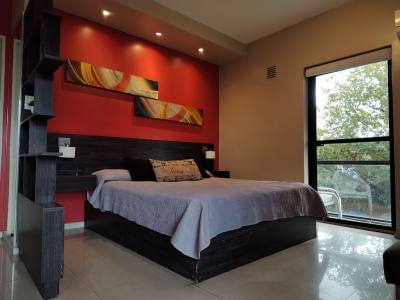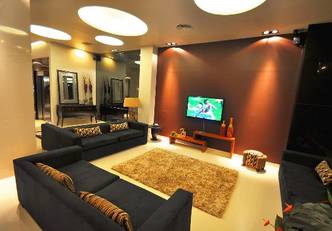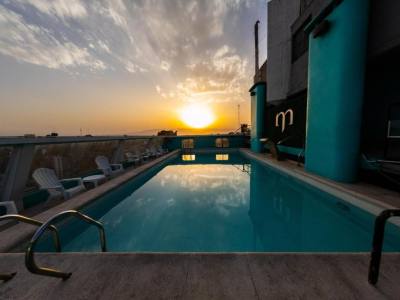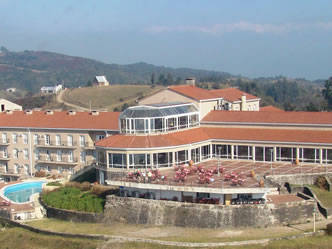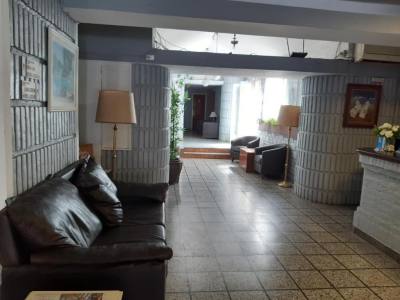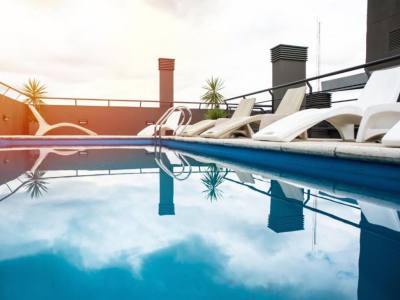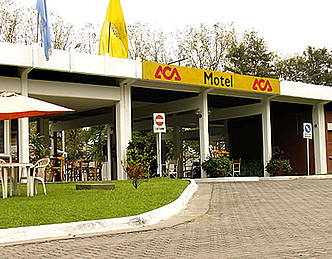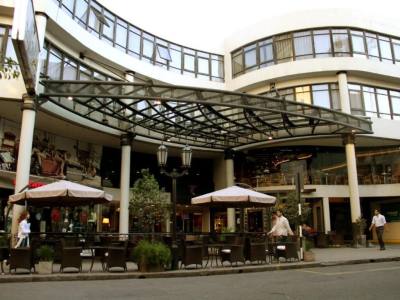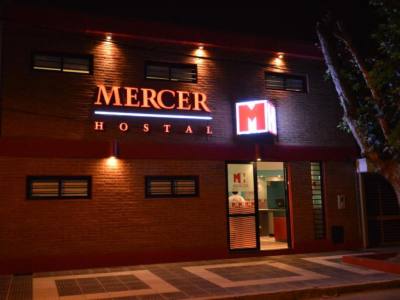Buildings, monuments and churches evoke the early Argentinian history and house highly sentimental value.
We decided to accept the invitation from Patricio Cinto, a member of Ente Tucumán Turismo (Tucumán Tourist Office), to walk around the downtown area in the City of Tucumán, capital of the province bearing the same name. We were amazed by its leafy parks, eye-catching buildings and its magnificent monuments. On the corner of a square, we watched constant activity: people and vehicles busily going about with young spirit and, perhaps, somehow “in a hurry”.
Independencia Square is the axis of the main buildings of the city. It used to be a plaza de armas, a gathering place for making political decisions and popular demonstrations before the independence period. Nowadays, this square shelters native trees and the Statute of Liberty made by sculptress Lola Mora stands in its center. This sculpture, made with Carrara marble, depicts a female body: a very bold image at that time. Water fountains and benches complete this public area.
The city is built in a checkered-board shape and only a few buildings have been refurbished, since most of them keep their splendorous original designs and excellent materials.
Famous Neighbors
We started our tour in front of a petit hotel defined by its French style built in 1913 for Luis F. Nougues’ family. Engineer Nougues, governor from 1906 to 1909, left an unfading mark in history with the aid of the then flourishing economy of the province resulting from the development of sugar industry.
This huge house used to occupy an important portion of land. Only its rear part may be observed today. The façade was impressive as well as its wide Carrara marble staircase and luxury details. Since 1972, this house has been the seat of the Tourist Office of Tucumán.
Some steps ahead, we could see the Padilla House and Museum, which keeps objects and antiques of that traditional family from Tucumán. Its original owner was Ángel Cruz Padilla, whose son Juan José sold half the building to enlarge the adjoining governmental building years later.
When it Comes to Politics...
Later on, we found the Government House, the seat of the Executive Branch of government in the province, designed in an eclectic style (French Academic Art and Italian Renaissance) with great domes. The highlights of the White Room, where the formal meetings are held, are the mirrored walls and the ceiling decorated with pictures painted on canvasses by the Spanish artist Julio Vila y Prados.
The Government House contains the remains of Juan Bautista Alberdi, a politician, lawyer, the originator of the drafting of the Argentinian Constitution and one of the most important Argentinian thinkers born in Tucumán in 1810. In earlier times, this house served as the Cabildo (House of Government); however, it was demolished in 1908 with the purpose of erecting the present building.
As we continued our tour, Patricio said: “San Miguel de Tucumán was created in 1565, but it was originally located at Ibatin, on the south of our present province and it was founded by Diego de Villarroel. About 120 years later, malaria, floods and modifications in the outline of the road leading to Upper Perú brought about a change of location to the present site named La Toma. The new founder was Fernando de Mate de Luna”.
Along the Sacred Road
On the next corner stands San Francisco Church, built in 1875 designed with railings of art deco style, an altar featuring gold leaves and carved on wood by natives from the religious missions. It hosted Jesuits, Dominicans and Franciscans at different times. The church consisted of a nave with a Latin cross and a frontispiece crossing it. Here, the mass prior to the historical period of the declaration of independence was held in 1816. Likewise, the first Argentinian flag raised on the north is kept in this church.
Next to it, in an unfinished building that contrasts with the precious church, there used to be a monastery that served as lodgings and the first aid station of the troops of General Manuel Belgrano in 1812.
We arrived at the cathedral, which contains great domes, a Latin cross, paintings and images of Saint Jude Thaddeus, Saint Simon and Saint Michael the Archangel, vice-patron saints of the province. The monument of Mary Help of Christians was brought from Italy.
The bell tower houses an English watch belonging to the Government House and the Foundational Cross of the two cities of San Miguel de Tucumán. Likewise, it keeps the remains of the bishop José Colombres, a congressman of 1816 on behalf of the province of Catamarca and precursor of the sugar industry in the region.
An Approach to Argentinian History
We continued the tour with Patricio and we arrived at Congreso Street, a pedestrian promenade along which we found President Avellaneda’s House, the first two-storey building in the city. Curiously, it had one hundred doors and no windows. It was the residence of politicians of the nineteenth century, such as Marco Avellaneda (opponent to Rosas) and President Nicolás Avellaneda. A great number of historical documents, sacred and Criollo art, as well as original charcoal drawings made by Lola Mora, are part of the treasure on display here.
We went on along Congreso Street and the House of Tucumán aroused a particular kind of emotion, since this house reminds us of our days at elementary school, where we were taught about crucial moments in our history.
Although its walls and yards were rebuilt, the Room of the Declaration of Independence still keeps its original measures and artifacts. It is essential to devote time to this tour and to be truly eager to understand its historical importance (See tours and excursions) as in the case of the visit to the Timoteo Navarro Sacred and Fine Arts Museum. A superficial visit is not enough. These places are worth visiting with enough time to spare.
Night and day
At sunset, the buildings surrounding Independencia Square become bathed in light, thus making their majestic shapes and style stand out.
Visitors will be warmly welcomed to this city and enjoy the good assistance and services provided by its people.
Mónica Pons
Eduardo Epifanio
Phone: +54 381-4303644
